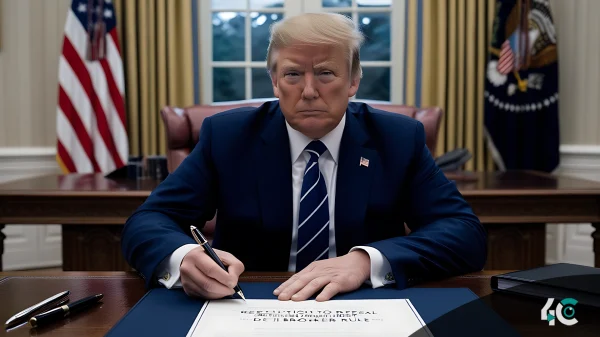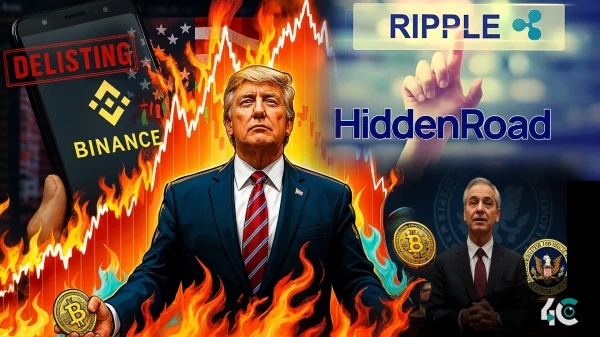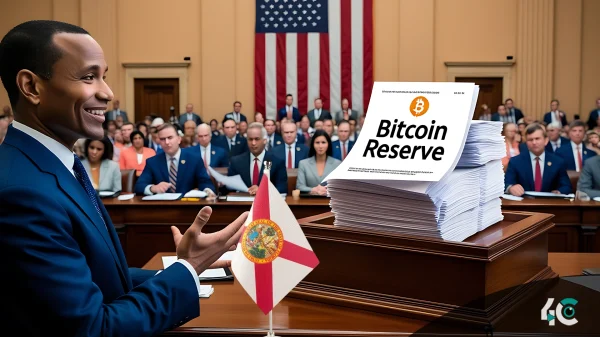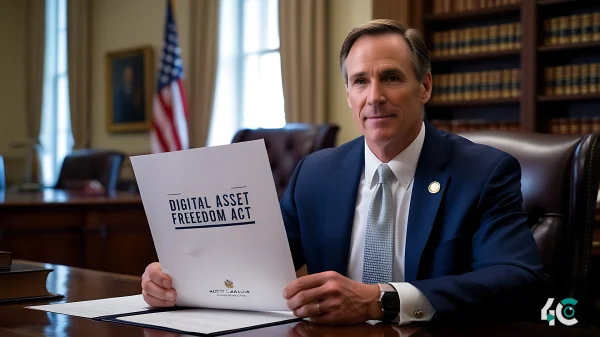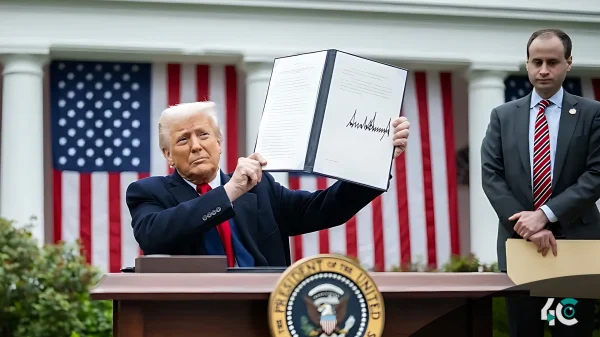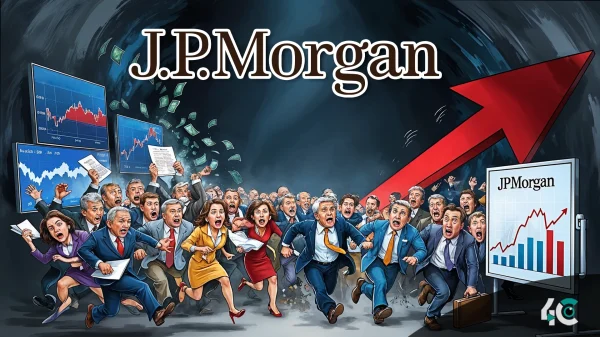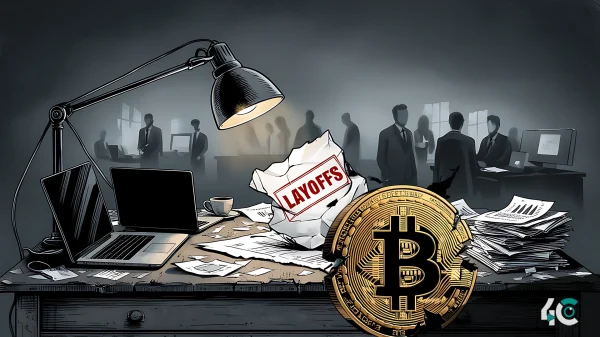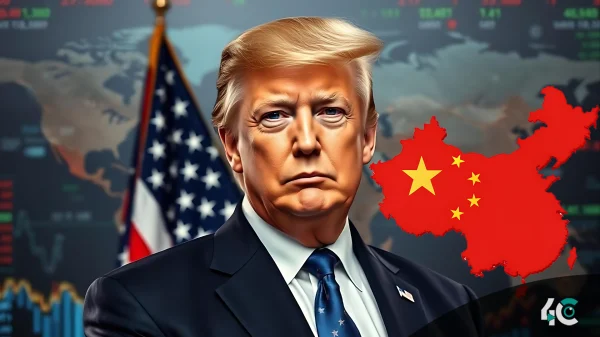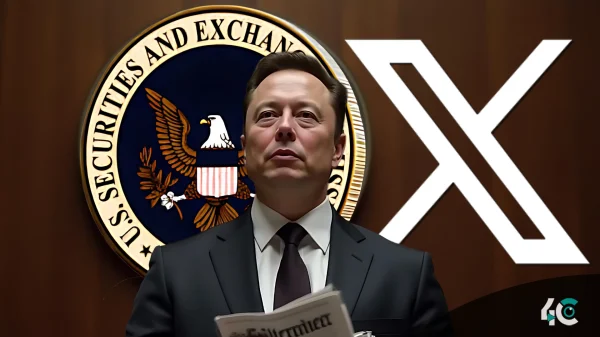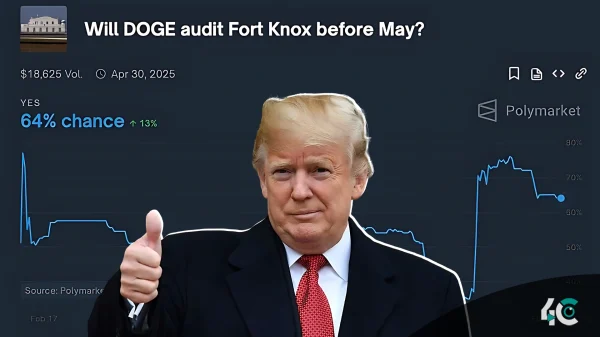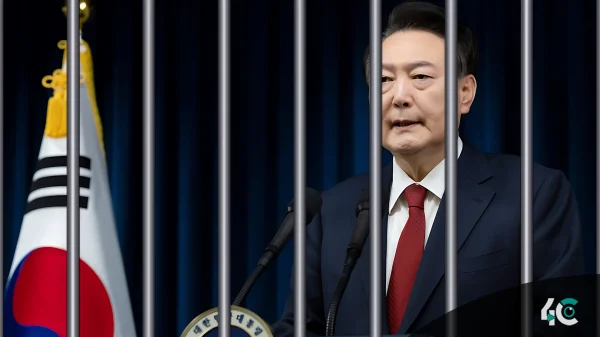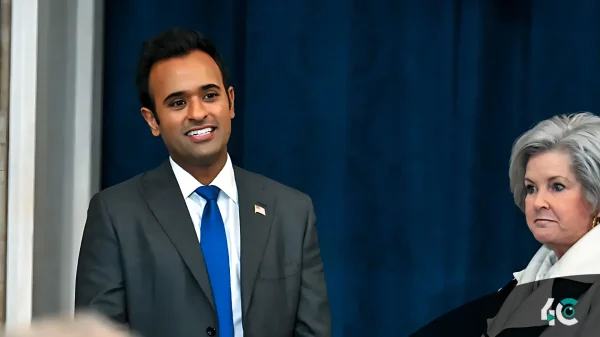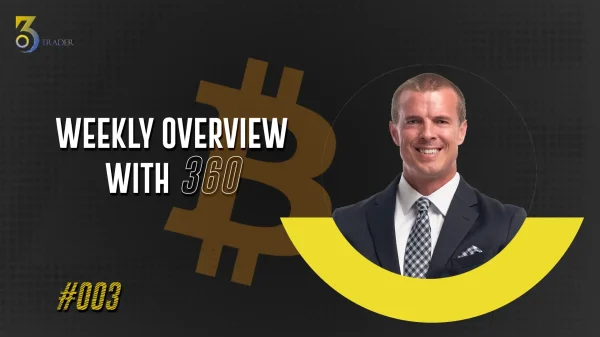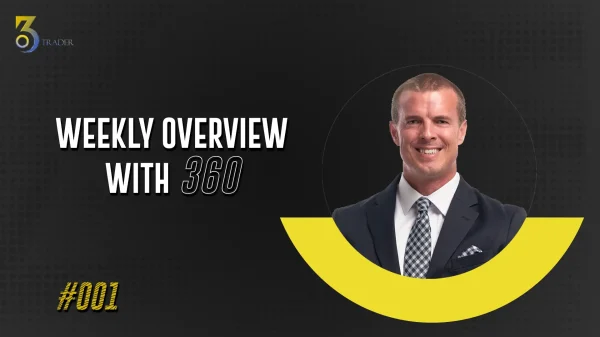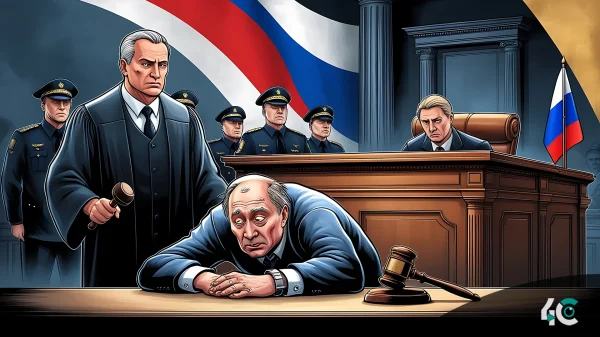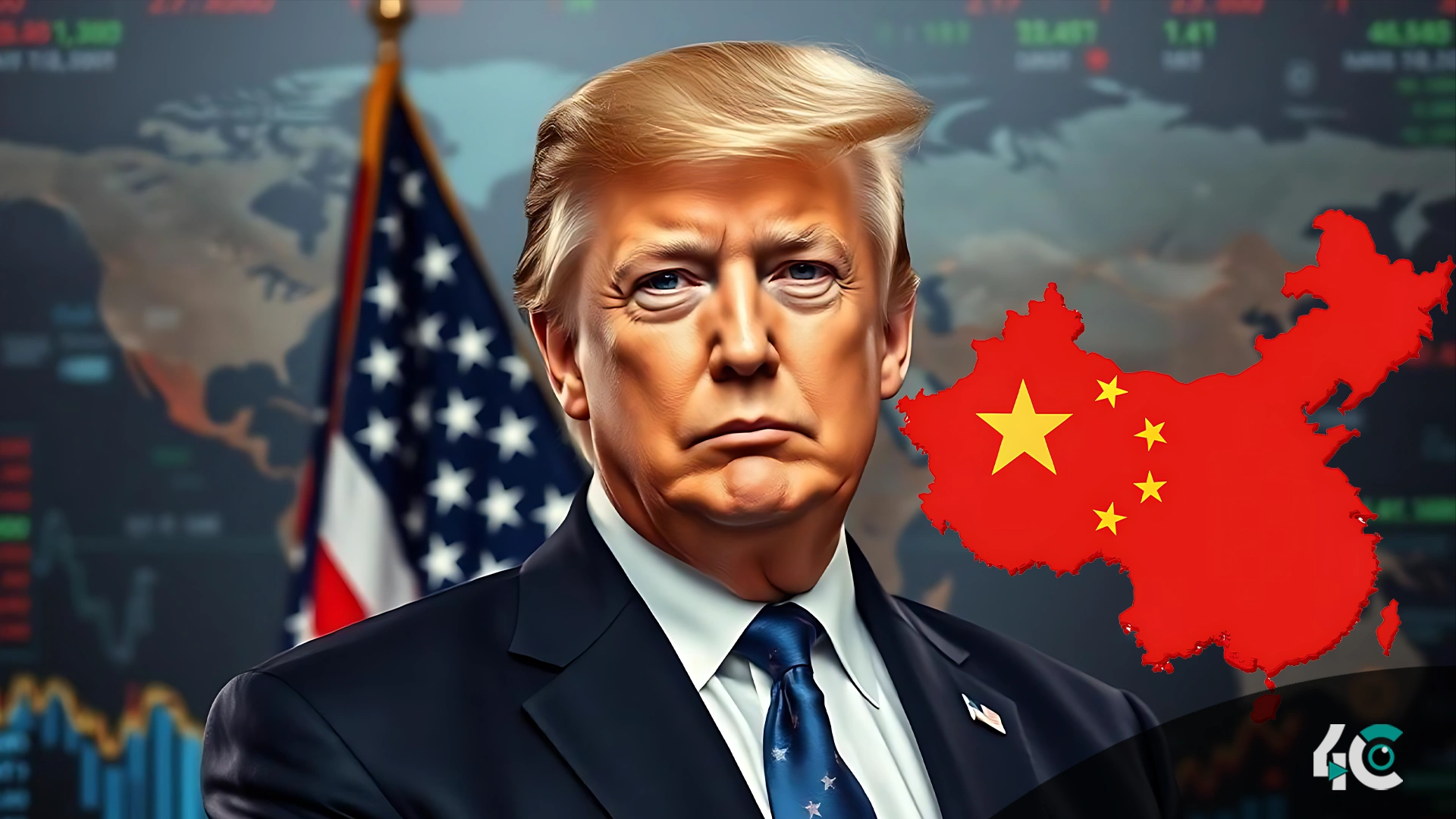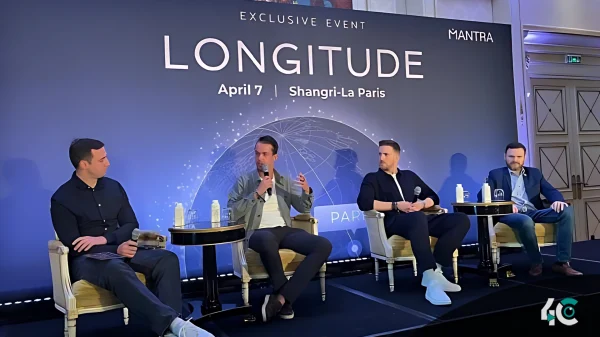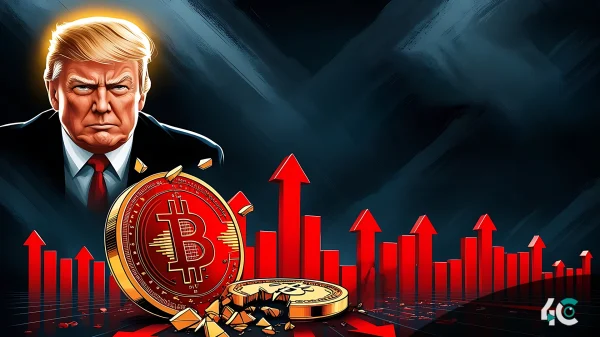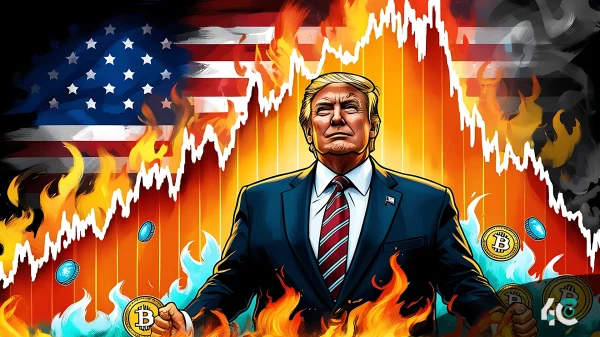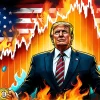In a bold move, Donald Trump has announced a new 125% tariff on Chinese imports, even as previously enacted taxes face a temporary 90-day suspension. This surprising shift in trade policy has stirred uncertainty in global markets and raised concerns about renewed tensions between the world’s two largest economies.
Trump’s Strategic Tariff Pause and Escalation with China
President Donald Trump announced a 90-day suspension on tariffs for most countries, which is a relief for countries that have not retaliated against the US. Simultaneously, China increased its tariffs on Chinese imports to 125%, signaling a return to the hardline approach.
The news caused stock markets to plunge immediately and dramatically. Investors saw the reprieve for most countries and a reduced tariff rate of 10% for those participating, causing the S&P 500 to jump almost 10%. But analysts warn that the policy’s impact is unclear due to high market volatility.
Responding to Market Pressure
In response to growing pressure from global markets and businesses, many of whom raised alarm about rising costs and falling sales because of the tariffs, Trump finally acted. During a White House event, the president cited market anxiety, particularly in the bond markets, as a contributing factor.
Trump said, “I saw people getting jittery.” They were getting jittery, and I wanted to help. He made it clear that the tariff freeze only applies to those that did not impose countermeasures, while China will see a tariff hike.
According to U.S. administration officials, over 75 countries approached them to initiate trade talks. The 90-day period is available to negotiate new trade deals with each country separately. The lowered universal tariff affects most other products, while steel, aluminum, and auto tariffs remain unchanged.
A Broader Strategy Under Trump’s Oversight
President Trump is going to take personal oversight of the talks, according to Treasury Secretary Scott Bessent, who says the pause is part of a broader strategy. He suggested the administration has always intended to use tariffs to leverage trade that has favorable characteristics.
Even after the temporary truce, Trump conveyed that tensions with China are still simmering and far from resolved. He asserted that China’s “lack of respect” for the global market necessitates addressing its unfair trade practices.
Market Relief and Lingering Uncertainty
While the markets expressed relief upon the suspension of the tariffs, analysts caution that the uncertainty remains, and we may witness further such moves. Investors seem to be nervous about what may happen once the 90-day period is over, as reflected in the high volatility index.
As talks continue, the question is whether this pause will lead to a lasting trade accord or whether the trade war will erupt again when the temporary ceasefire ends. For now, investors are upbeat but bracing for disruption.
Conclusion
President Donald Trump’s suspension of most tariffs for 90 days while ramping up measures against China shows the Trump administration’s strategic approach of applying pressure while offering temporary relief on tariffs to make trade negotiations effective with other countries. Even though markets reacted well, there’s still uncertainty around trade, and that’s impacting investor confidence. The next 90 days will be crucial for our bilateral talks with more than 75 countries. Should we focus on repairs or escalate the situation?


